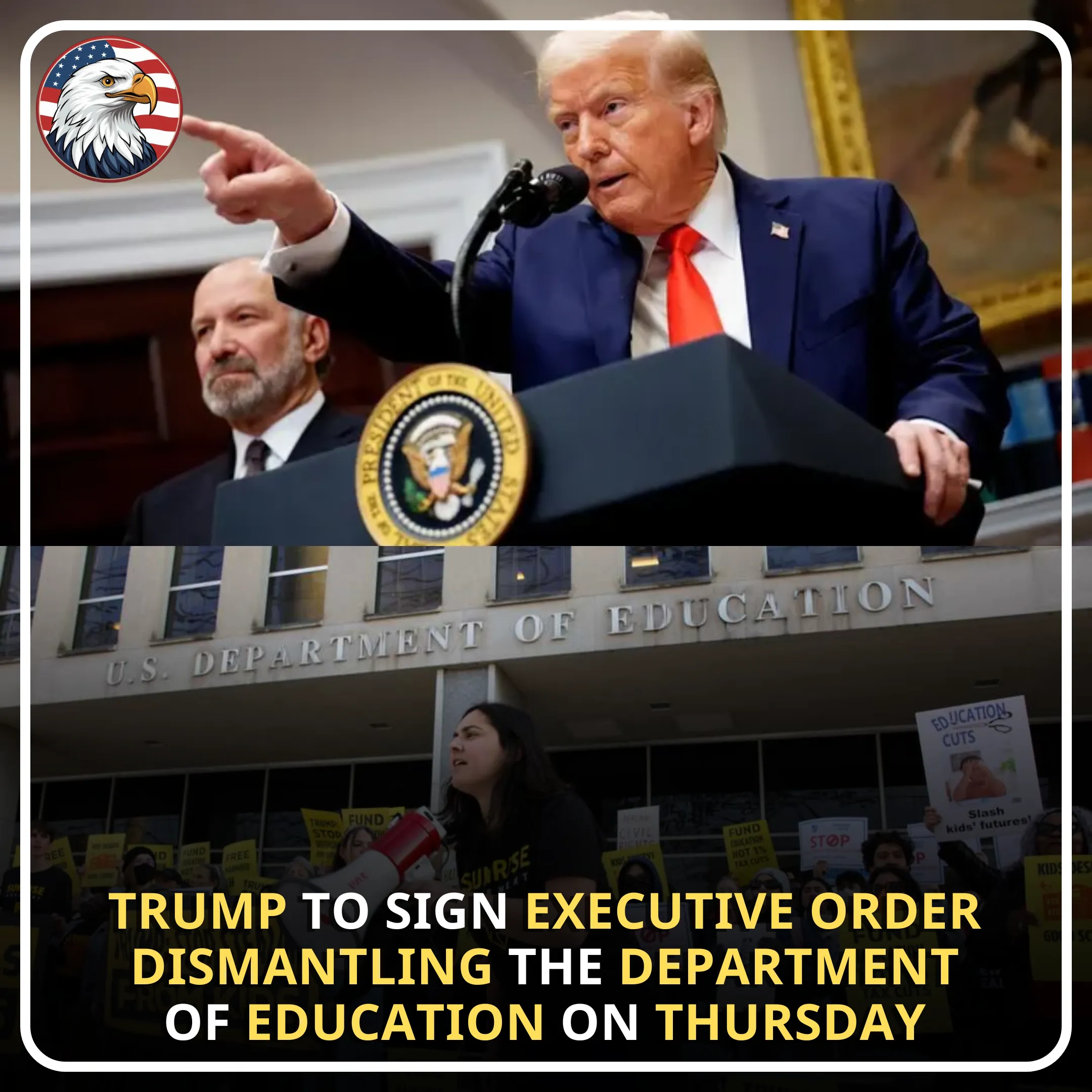On Friday, the Pentagon firmly denied reports suggesting that the Trump administration is considering a significant withdrawal of American troops from South Korea, refuting claims first published by The Wall Street Journal.
The report, which caused widespread speculation about the future of the U.S.-South Korea military alliance, alleged that the Department of Defense was developing a plan to pull out roughly 4,500 U.S. troops stationed in the country and redeploy them elsewhere in the Indo-Pacific region, including to strategic locations such as Guam.
However, Pentagon officials quickly moved to dismiss these assertions as unfounded, reiterating America’s steadfast commitment to its ally in the face of regional security challenges.
The Wall Street Journal’s report, released on Thursday, cited unnamed Defense Department officials familiar with internal deliberations. According to the story, the idea to reduce troop numbers in South Korea is being floated as part of an informal policy review on how to manage the persistent threat posed by North Korea and address shifting strategic priorities in the Indo-Pacific.
The option to withdraw thousands of troops was said to be among several proposals presented to President Donald Trump for consideration.
These discussions reportedly reflect the Trump administration’s broader efforts to reassess U.S. military posture in East Asia, weighing costs, operational effectiveness, and diplomatic implications.
Yet, in response to the media coverage, Sean Parnell, the Pentagon’s chief spokesperson, issued a strong rebuttal. Posting on the social media platform X, formerly known as Twitter, Parnell declared, “Reports that the DoD will reduce U.S. troops in the Republic of Korea \[ROK] are not true.”
He emphasized that while force posture evaluations are a routine part of Pentagon operations, there are no current plans to decrease the American military presence in South Korea.
Parnell further underscored that the United States remains firmly committed to its alliance with Seoul, calling the partnership “iron clad.” This declaration reaffirmed longstanding U.S. policy that views the U.S.-South Korea alliance as a cornerstone of regional security.
Supporting this official Pentagon position, South Korea’s Ministry of Defense also issued a statement denying any ongoing discussions with Washington about a troop withdrawal.
Reuters reported that Seoul reiterated the importance of the alliance and expressed confidence in the stability of current force arrangements. The joint stance from both governments serves to reassure regional actors and the international community amid uncertainty fueled by the initial media report.
The United States currently stations approximately 28,500 troops in South Korea, a deployment that has persisted since the end of the Korean War in 1953.
These forces play a vital role in deterring aggression from North Korea and maintaining stability on the Korean Peninsula. Alongside U.S. forces in Japan and the Philippines, the South Korea-based troops form a critical element of America’s strategic posture in the Indo-Pacific, particularly in countering the growing influence of China.
The military presence supports a broad range of missions, including ballistic missile defense, intelligence gathering, joint training exercises, and rapid response capabilities.
In recent years, the issue of defense cost-sharing between the U.S. and South Korea has become a contentious topic. The two countries agreed last year on a five-year defense cost-sharing deal that obligates South Korea to increase its financial contribution toward the cost of hosting U.S. troops.

However, President Trump has repeatedly criticized Seoul for not paying enough, suggesting that the U.S. bears an unfair burden. Speaking to reporters at the White House on April 9, Trump said, “We pay for U.S. military in Europe, and we don’t get reimbursed by much. South Korea, too.”
He has indicated that the cost of U.S. forces abroad may become a bargaining chip in broader trade negotiations, signaling his administration’s focus on economic leverage in foreign policy.
During his first term, President Trump pressed South Korea to significantly increase its defense spending, at one point demanding a 400 percent rise in the country’s financial contribution to the U.S. military presence.
This demand sparked controversy in Seoul and raised concerns about the future of the alliance. While South Korea has gradually increased defense spending, the Trump administration’s approach introduced tensions into what had previously been a cooperative arrangement.
Any move to withdraw American troops from South Korea, whether partial or complete, would likely alarm U.S. allies across the Indo-Pacific region.
The presence of U.S. forces is viewed as a stabilizing factor that deters not only North Korean provocations but also signals America’s commitment to the security of its partners in the region.
A reduction could embolden adversaries and undermine confidence in U.S. defense guarantees, with potentially destabilizing consequences for regional peace.
In testimony before the Senate Armed Services Committee on April 10, Army General Xavier Brunson, commander of U.S. forces in Korea, addressed concerns about the possibility of troop reductions.
He warned that any drawdown would be “problematic,” highlighting the critical role American forces play in the region’s ballistic missile defense. “They are a critical component to ballistic missile defense in the region,” General Brunson explained.
“They are critical to helping Indo-Pacific Command see, sense and understand threats to the north and to deter a great many adversaries.” His remarks underscored the operational and strategic importance of the current U.S. military posture in Korea.
General Brunson’s testimony reflects broader Pentagon assessments that emphasize the necessity of maintaining robust force levels in South Korea to effectively counter the North Korean nuclear threat and manage China’s expanding military influence.
The integration of U.S. troops into regional defense networks, joint exercises, and intelligence sharing contributes to a multilayered deterrent architecture that is central to U.S. Indo-Pacific strategy.
The controversy over troop levels also intersects with broader debates about the United States’ global military commitments and the allocation of defense resources.
President Trump’s administration has sought to prioritize “America First” policies that reassess the costs and benefits of overseas deployments. This includes questioning longstanding alliances and demanding greater financial contributions from partner nations.
The prospect of withdrawing forces from key strategic locations such as South Korea reflects these policy shifts but also risks unsettling established security arrangements.
Despite the Trump administration’s focus on fiscal responsibility and burden-sharing, defense experts caution that any abrupt changes to troop deployments must be carefully calibrated.
The geopolitical stakes in Northeast Asia remain high, with North Korea’s nuclear program, China’s military modernization, and regional territorial disputes creating a complex security environment.
Maintaining a credible deterrent requires sustained military presence, joint capabilities, and strong diplomatic ties.
The reaffirmation from both the Pentagon and South Korean defense officials that no troop reduction is planned serves to alleviate immediate concerns but leaves open questions about the future trajectory of the alliance.
It remains unclear how ongoing negotiations over cost-sharing, regional security challenges, and evolving U.S. strategic priorities will shape military deployments in the years ahead.
Moreover, this episode illustrates the broader dynamics of information and speculation in defense policy. Media reports of potential troop withdrawals can create uncertainty that affects allied confidence and adversary calculations.
Official denials and clarifications are essential to maintaining stability and transparency, but the flow of leaks and rumors continues to complicate the strategic environment.
The U.S.-South Korea alliance, forged in the crucible of the Korean War and sustained through decades of partnership, stands at a crossroads amid changing political leadership, shifting security threats, and evolving military technologies.
The presence of nearly 30,000 American troops is a tangible expression of this alliance, supporting not only defense but also regional stability and diplomatic engagement.

In conclusion, the Pentagon’s denial of plans to withdraw U.S. troops from South Korea underscores America’s ongoing commitment to its Indo-Pacific allies amid persistent media speculation.
While the Trump administration continues to evaluate force posture and negotiate cost-sharing, the alliance remains strong and vital to regional security.
The reaffirmed troop presence signals a recognition of the complex strategic challenges in Northeast Asia and a determination to maintain deterrence and partnership in an increasingly contested environment.
As security dynamics evolve, the U.S. and South Korea will continue to navigate these challenges together, balancing fiscal considerations with the imperative of collective defense.







-1747560196-q80.webp)